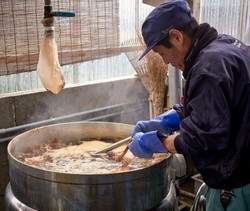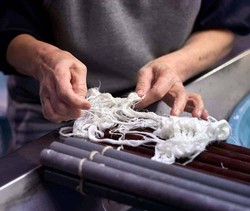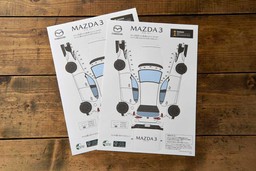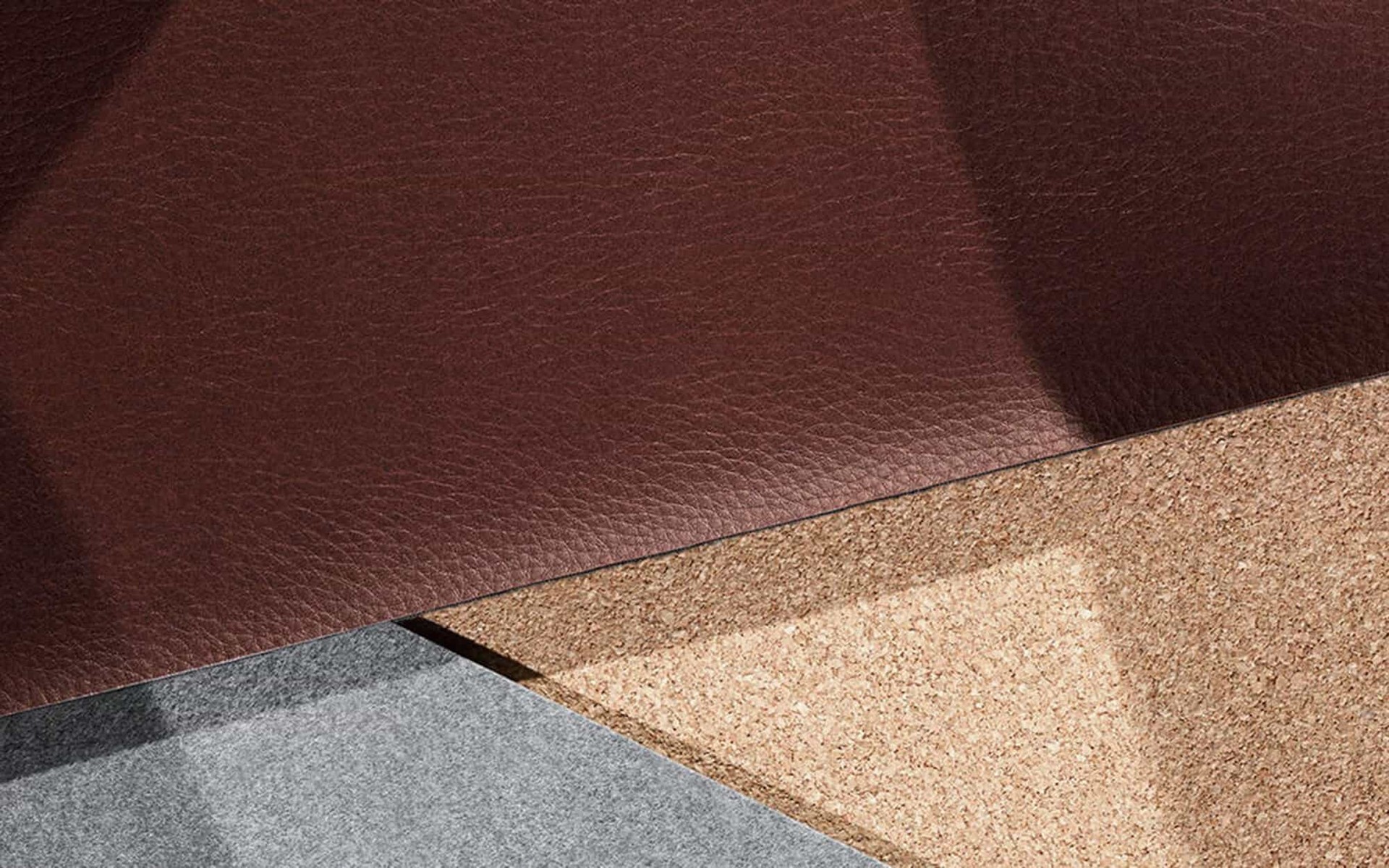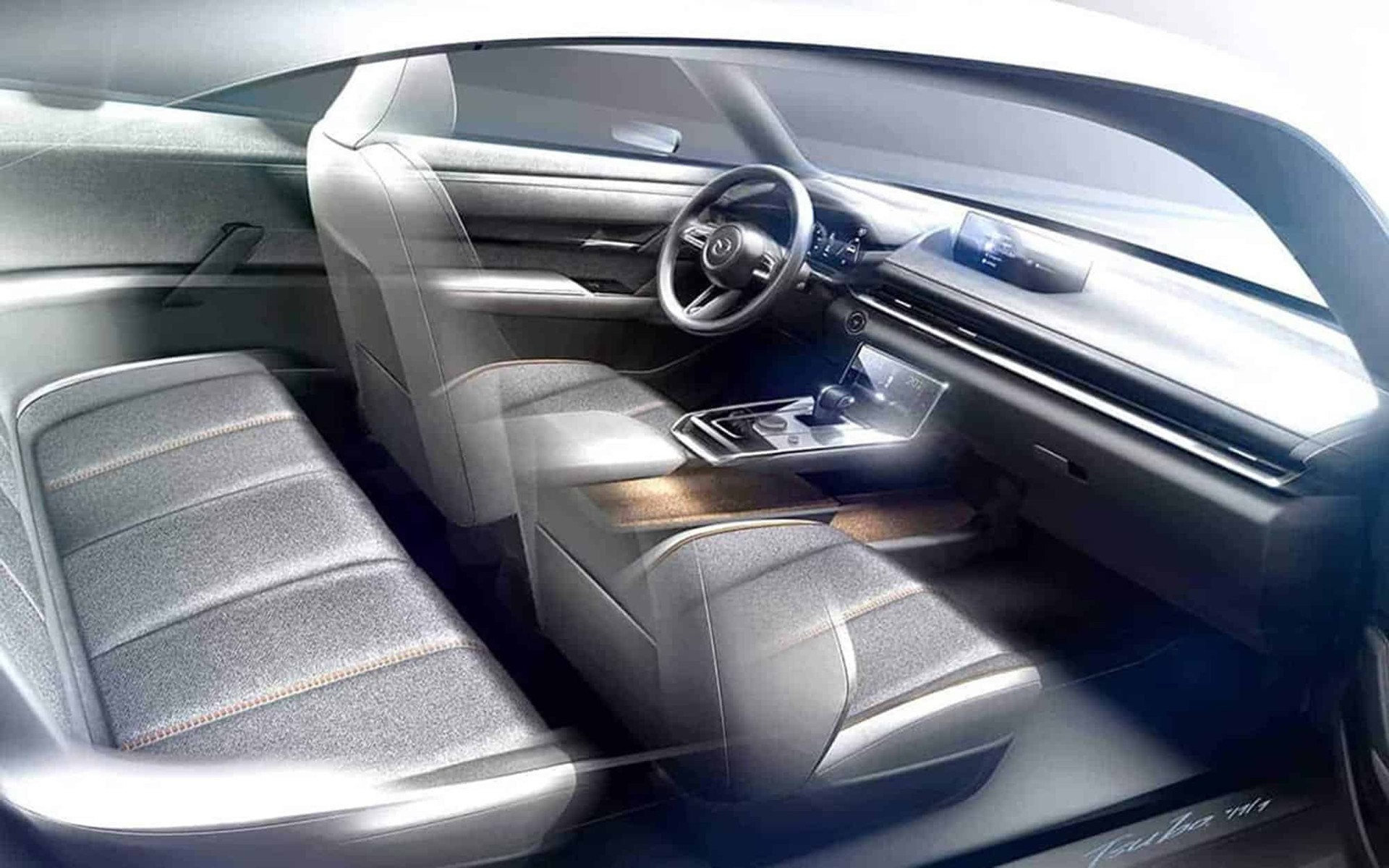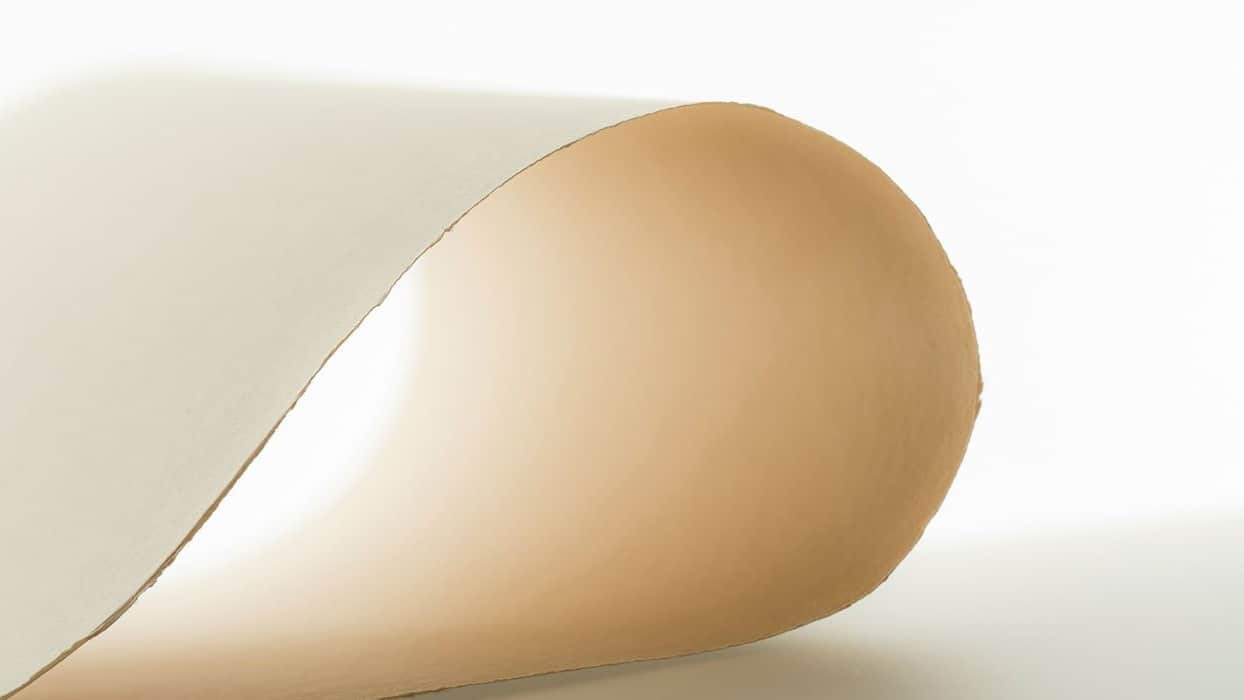
INSPIRE
The paper that inspired the Mazda MX-30 interior
Washi paper has been crafted in Japan for centuries, and its unique characteristics inspired Mazda’s designers to create a fabric used in the Mazda MX-30’s cabin. But what exactly is washi? We tell the story of one of Japan’s most important, yet often overlooked, artistic products.
“When humans calm down, we unconsciously take deep breaths,” says Xintong Li, the lead Colour/Material/Finish designer of the Mazda MX-30. “This inspired our concept and our choice of materials for the car’s interior. Each breath a person takes has its own pace and rhythm, so when looking for inspiration as to how to portray individuality in the MX-30, the idea of washi paper came to mind.”
In the most basic terms, washi paper simply means traditional Japanese (wa) paper (shi). It was given this name in the mid-19th century to distinguish it from the machine-made, wood-based paper imported from the West. But it is a significantly different material and has a history dating back centuries—Japan was producing washi paper 600 years before knowledge of papermaking even reached Europe.
According to the Japanese book Nihon Shoki (Chronicle of Japan) written in 720, Buddhist monks introduced ink and papermaking techniques to Japan in 610. Over time, improvements were made to the paper and the papermaking process until eventually it became a uniquely Japanese product.
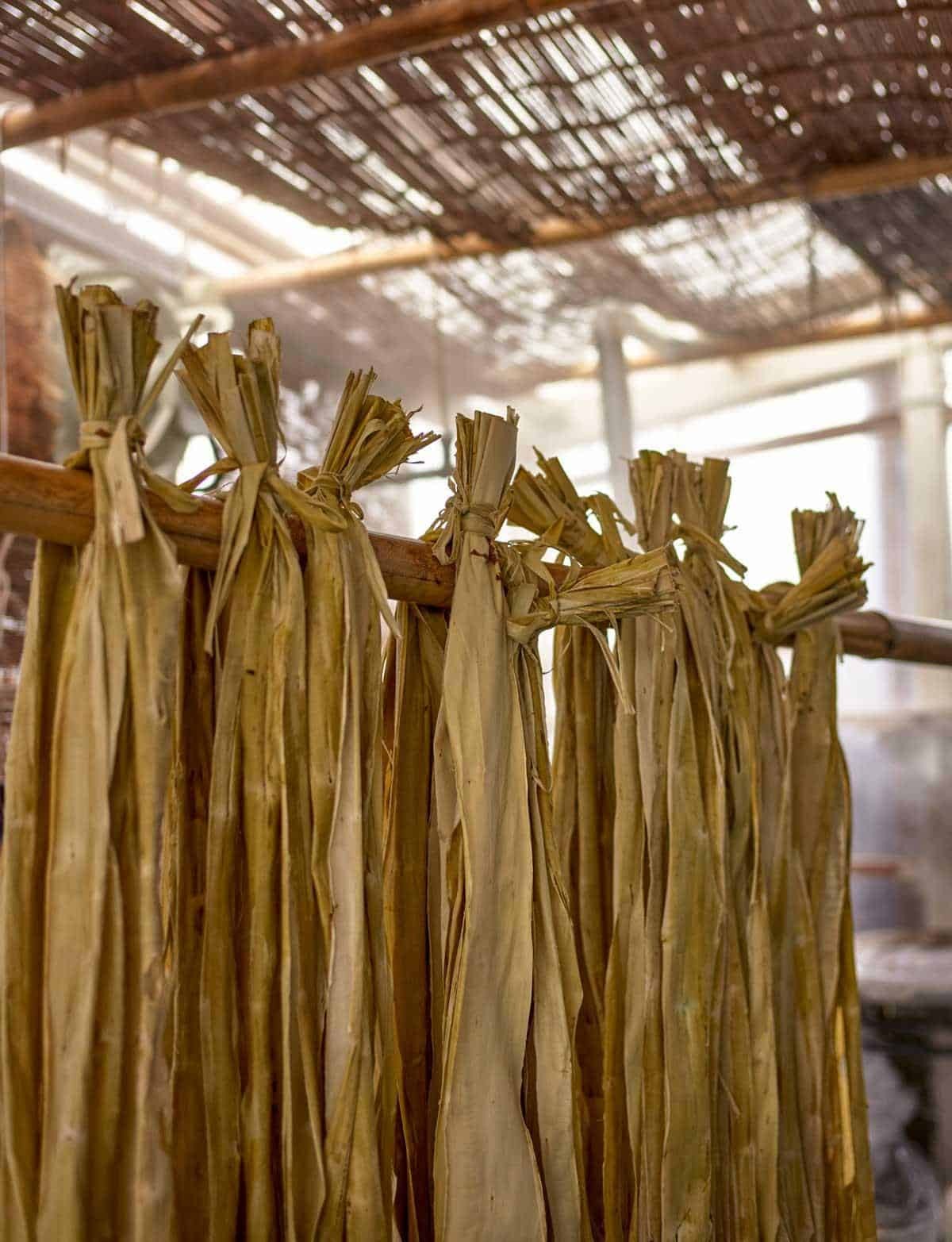
Truly distinctive
Traditionally made from three plants—kōzo (mulberry), mitsumata and gampi—washi has a visible texture and strength that make it truly distinctive. Such was its predominance in everyday life that lanterns, umbrellas, clothing, shoji sliding doors and even the first banknotes were all made from washi.
However, from what was once a prolific nationwide industry, there are today fewer than 350 families that continue to make the paper by hand. The craft is considered so culturally and socially important to Japan that UNESCO has deemed it an Intangible Cultural Heritage of Humanity.
Tree bark is steamed then stripped and hung to dry. Japan was producing washi paper 600 years before knowledge of papermaking reached Europe.
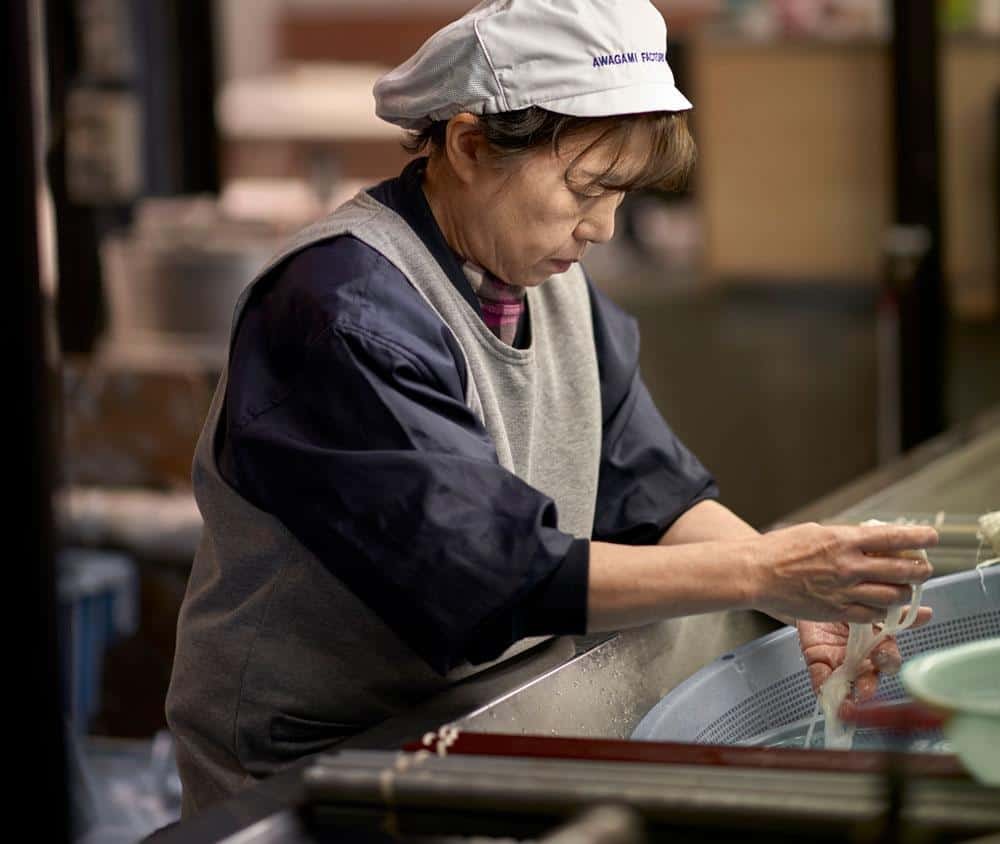
“To make consistently beautiful washi day after day is very hard. To make ‘perfect’ washi requires many years of practice and routine.”
CRAIG ANCZELOWITZ, AWAGMI
While researching materials to feature in the MX-30, Xintong Li and her colleague Akitomo Hara visited two such companies: Kawahira and Nishida Washi. Both create Sekishu washi, which is only produced in the Iwami region of Shimane prefecture. It is a formidable product.
“The washi paper we usually see in daily life is brittle, weak and delicate,” says Li, who gained a deep understanding of washi’s history after designing a domestic paper maker for her design degree. “I learned from these manufacturers that genuine Japanese paper, which can only be made by a limited number of craftsmen, has fascinating features, being very firm, durable, unbreakable and water resistant.”
In fact, the story goes that in the past, Osaka merchants used Sekishu washi for their books, and in the event of a fire, would throw the books into a well to save them.
Architecture and art
Although washi is not used in the MX-30, its significance in Japanese society and its unique characteristics—the entangled fibres and its unevenness—helped inform the material Mazda’s designers crafted specifically for the vehicle.
Hara says: “The fact that washi paper was used in traditional Japanese architecture and art is very respectable. We believed that the ‘breathing’ material in the MX-30 should not simply be decorative, but meaningful, too, and accentuate the space. Washi absolutely matched the material style we were looking for.”
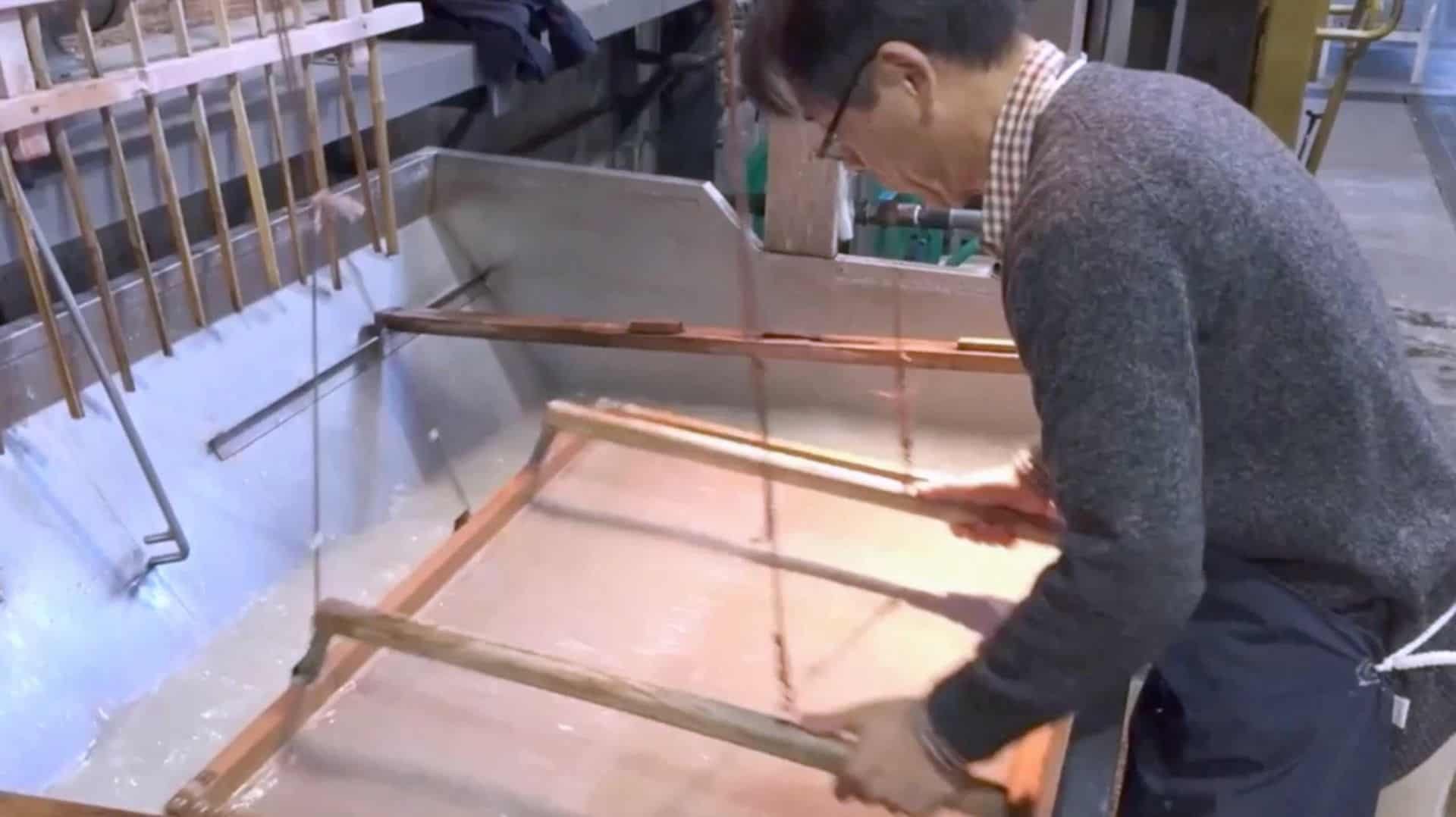
how to make it
Washi is most commonly made using the nagashisuki method, developed around 1,000 years ago. The plants that comprise the paper’s ingredients are normally harvested during the winter months. The branches are steamed to soften the bark so it can be stripped away and dried. This dry bark is then boiled to create a pulpy substance and beaten by hand to loosen the fibres. The pulp mixture is scooped up and put onto a bamboo screen, and a viscous neri solution is added to the vat in order to get an even dispersal of the mixture. This mixture is rocked back and forth and side to side repeatedly so longer fibres are created and tightly interwoven. The flexible screen is removed from the mould with the wet sheet of paper still attached. The papermaker uses the screen to place the fresh wet sheet on the stack of newly formed sheets, which is left to dry. Finally, the paper is pressed to remove excess water, after which sheets are separated and brushed to remove any invasive textures and left again to complete the drying process.
It might surprise people that beneath Japan’s neon, fast-paced, high-tech exterior lies a society that remains largely paper-based, a throwback to the isolation period that ran from 1639 to 1853. Cash, not cards, is the standard way of paying; business cards are habitually given out; paperwork is an essential, almost ritualistic part of business and government; and even faxing documents is still common practice. However, the digitalization of Japanese society is seeing the country’s reliance on paper diminishing, especially among the younger generations.
Tackling this head on is Awagami, an innovative manufacturer located in a small village in Tokushima prefecture that was founded by the Fujimori family eight generations ago. In 1986, the late Minoru Fujimori, Master Craftsman and father of current company president Yoichi Fujimori, received the Sixth Class Order of Merit, Sacred Treasure honour from the Emperor at a ceremony in Tokyo in recognition of his papermaking skills.
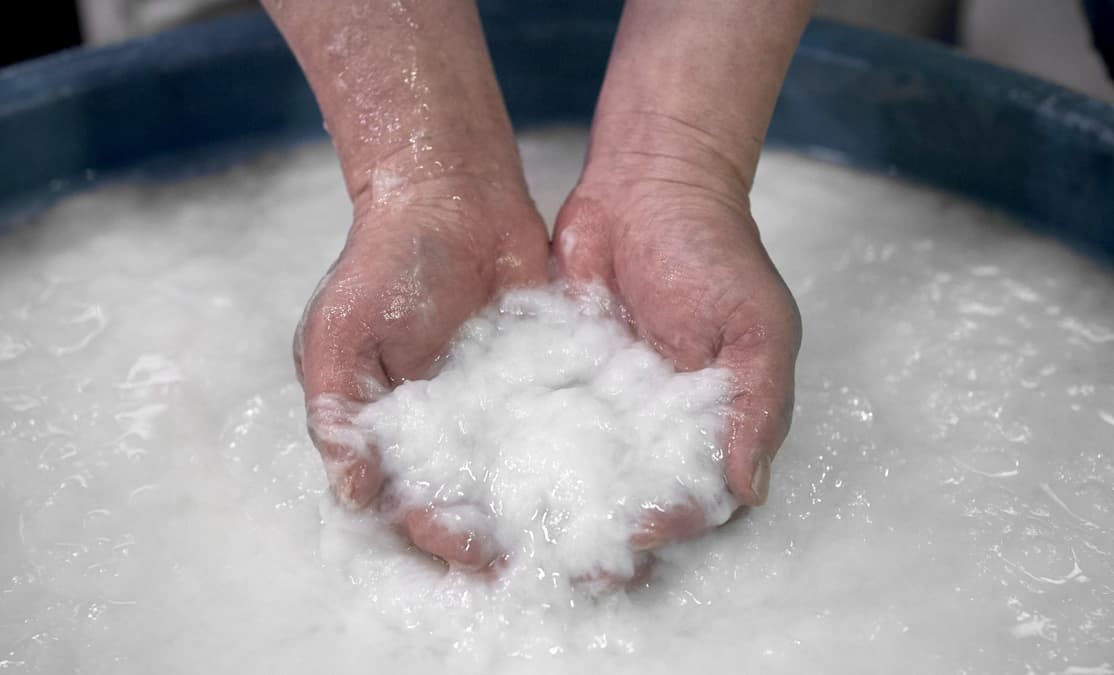
The experienced hands of the Awagami staff at work making washi paper.
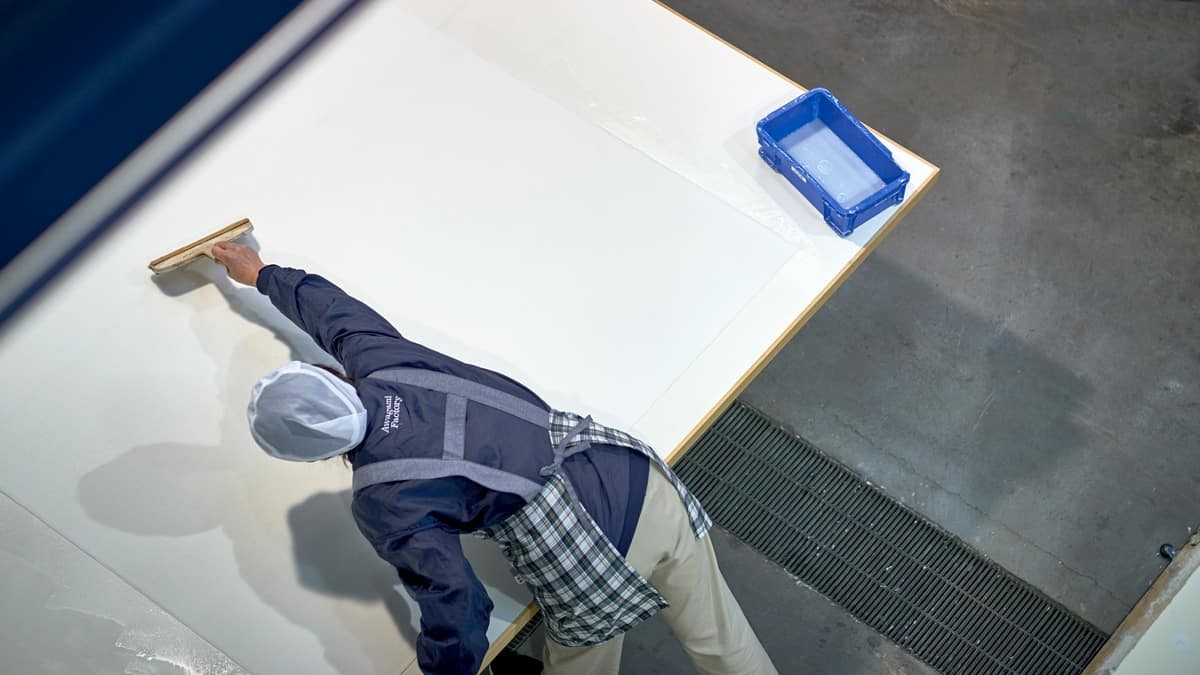
The experienced hands of the Awagami staff at work making washi paper.
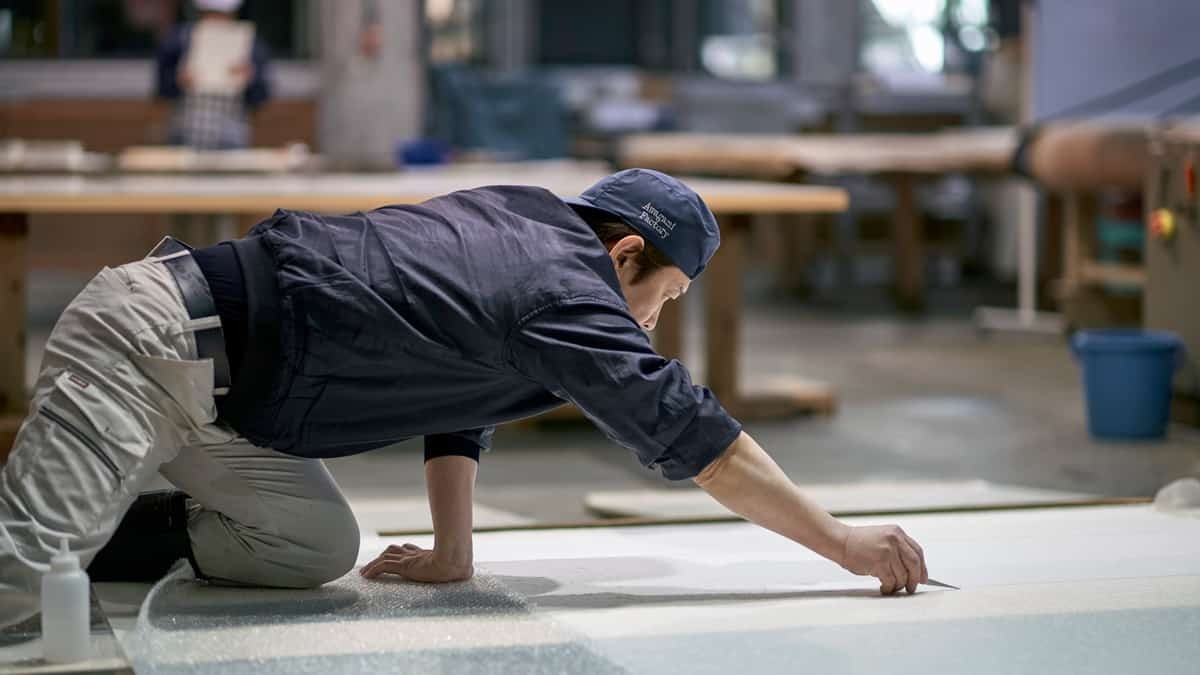
The experienced hands of the Awagami staff at work making washi paper.
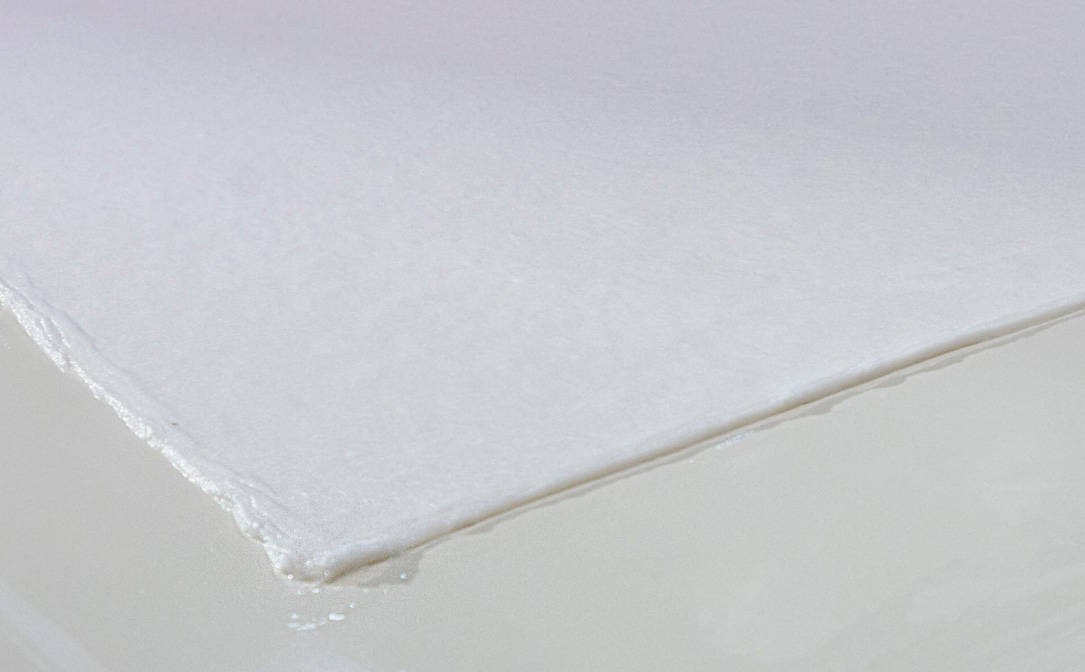
The experienced hands of the Awagami staff at work making washi paper.
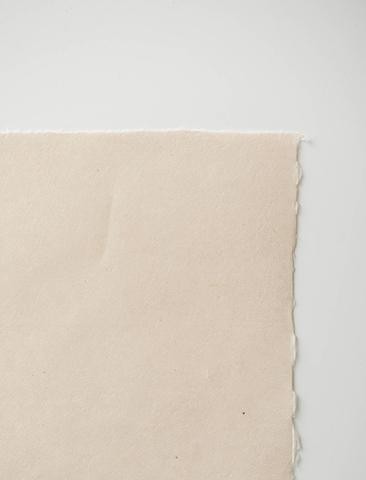
Peerless reputation
Awagami’s innovations include “A-Wall,” a collection of machine and handmade organic washi wallcoverings, and the world’s first collection of washi specially crafted for fine art inkjet printing. The company has formed quite a reputation for its washi within the art and design community. Architects, interior designers, art conservators, brands including Hermès and Mont Blanc, and artists such as Frank Stella and Richard Serra are all customers. The company even runs an international annual artists-in-residence scheme. The selected artists are allowed to create anything they want at the mill, as long as paper is the central component of their works.
“Handmade paper remains the foundation of this company and will always be at the core of our family business,” says Craig Anczelowitz, director of product development and marketing at Awagami. “It is our mill’s heritage and also cultural duty to continue our handmade production. To make consistently beautiful washi day after day is very hard. To make ‘perfect’ washi requires many years of practice and routine.”
Anczelowitz is certainly qualified to rate and understand the significance and beauty of this Japanese craft, having run a paper store in New York before moving to Japan. When asked to describe washi paper, he says: “It’s Japanese paper with soul.”
Washi manufacturer Awagami has been run by the Fujimori family for eight generations.
“Handmade paper remains the foundation of this company and will always be at the core of our family business,” says Craig Anczelowitz, director of product development and marketing at Awagami. “It is our mill’s heritage and also cultural duty to continue our handmade production. To make consistently beautiful washi day after day is very hard. To make ‘perfect’ washi requires many years of practice and routine.”
Anczelowitz is certainly qualified to rate and understand the significance and beauty of this Japanese craft, having run a paper store in New York before moving to Japan. When asked to describe washi paper, he says: “It’s Japanese paper with soul.”
Mazda’s paper craft
When many countries were forced into lockdown in early 2020, Mazda decided to help keep spirits up by releasing a number of create-your-own Mazda paper car templates (which you can download via the link below), designed by Eiji Miyamoto from design studio Mizmakobo Co. Ltd.
Miyamoto started by studying images of Mazda vehicles, even taking pictures of them in the street. With his background in sculpture, he next created clay models of the vehicles, which he then wrapped in paper so the paper models would take on a three-dimensional shape. It was not all plain sailing, however, and at least 20 paper units of each car were required to perfect the final paper model.
“The rear of the Mazda3 was the most difficult to develop. It’s a beautiful car so I wanted to get it absolutely right. I got some advice from Yoshihiro Hatakeyama at Mazda. He advised me to make the structure much simpler and that really helped.”
Miyamoto tried various different types of paper when developing the prototypes and concluded that a slightly stiff paper, similar to cardboard but flexible enough to pass through a home printer, works best.
Story Anna Muggeridge / Photography Patrick Borie-Duclaud & Awagami
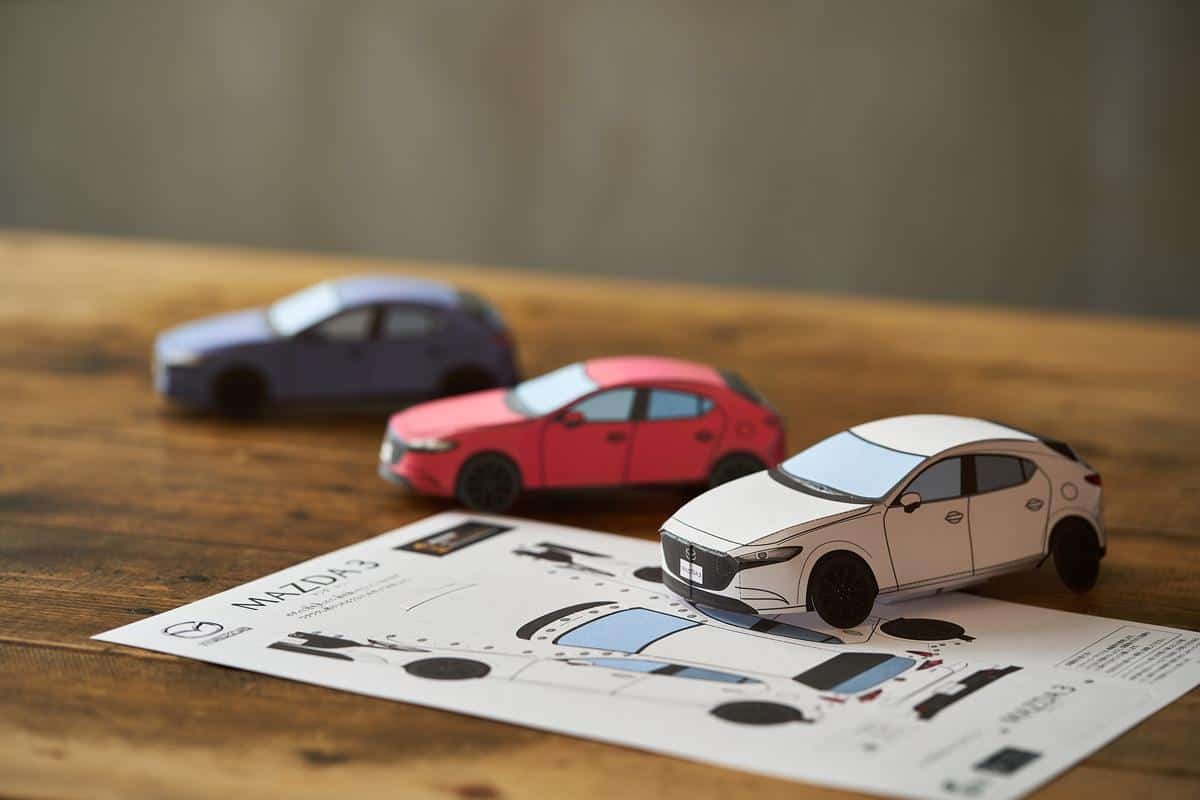
find out more
Build your own Mazda
Download Mazda’s car stencils to make your very own vehicle
